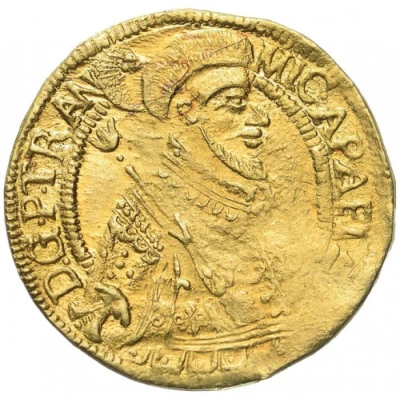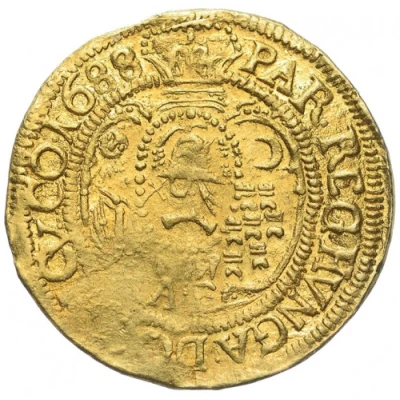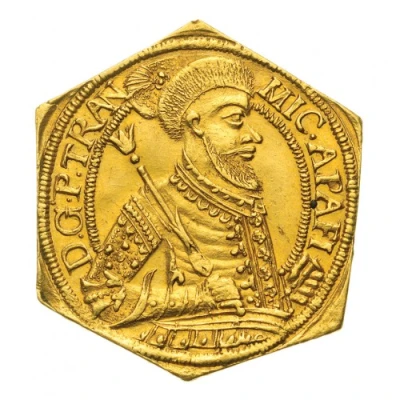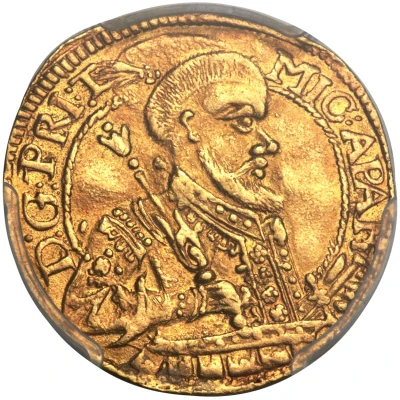
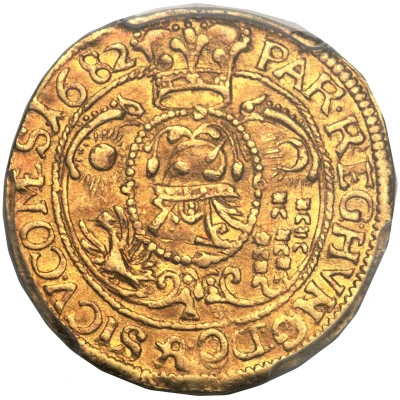

© Heritage Auctions
1 Ducat - Michael I Apafi
| Gold (.986) | 3.5 g | - |
| Issuer | Principality of Transylvania (Hungarian States) |
|---|---|
| Prince | Michael I Apafi (Mihály Apafi) (1661-1690) |
| Type | Standard circulation coin |
| Years | 1678-1685 |
| Value | 1 Ducat |
| Currency | Thaler (1526-1780) |
| Composition | Gold (.986) |
| Weight | 3.5 g |
| Shape | Round |
| Demonetized | Yes |
| Updated | 2024-10-05 |
| Numista | N#119204 |
|---|---|
| Rarity index | 95% |
Reverse
Crowned arms with date.
Script: Latin
Lettering: SICV • COMES 1682 • PAR • REG • HVNG DO •
Comment
Michael Apafi (1632 – 15 April 1690) was a Hungarian Prince of Transylvania.He was elected by the nobles of Transylvania on 14 September 1661, with the support of the Ottoman Empire, as a rival to the Habsburg-backed ruler John Kemény. Kemény died in 1662 in the battle of Nagyszőllős, leaving Apafi as uncontested ruler of Transylvania.
Opposed to the Holy Roman Emperor Leopold I, he supported the Ottomans and Hungarian rebels until the Ottoman defeat at the Battle of Vienna on 12 September 1683. Following this, Michael opened talks with Leopold and concluded a treaty with the Austrians on 27 September 1687, obtaining their recognition of his authority in Transylvania.
He died at Fogaras in 1690 and was succeeded by his son Michael II Apafi.
Variant 1685, Fagaras Mint. Differences on obverse and reverse.
Photos of Stack's Bowers.
Variant 1678, different obverse.
Photos of Sincona AG.
Interesting fact
One interesting fact about the 1 Ducat - Michael I Apafi 1678-1685 coin is that it was minted during a time of great turmoil in the Principality of Transylvania. The coin was issued during the reign of Michael I Apafi, who was a prince of Transylvania and a member of the Hungarian nobility. However, his rule was marked by conflicts with the Ottoman Empire, which had conquered much of Hungary and was threatening Transylvania. Despite these challenges, the coin remains a valuable piece of history and a testament to the resilience of the people of Transylvania during this time.
